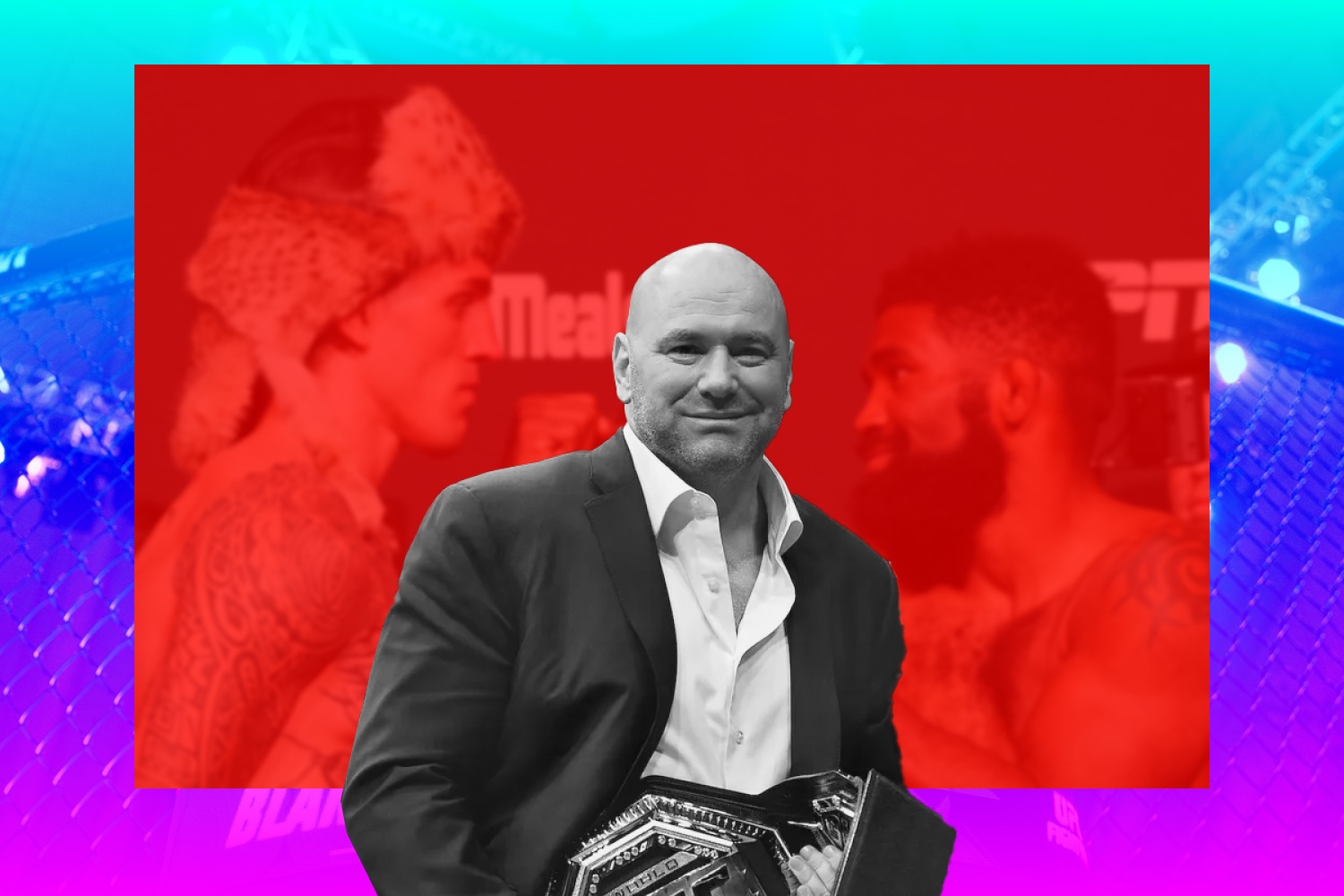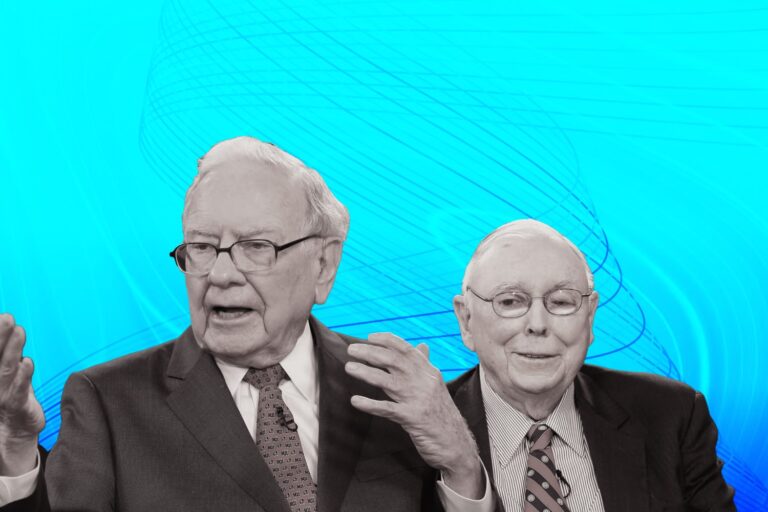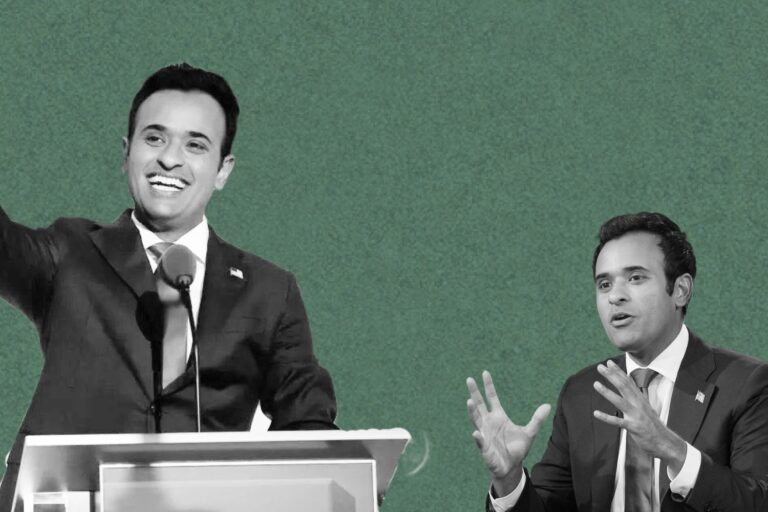UFC: A $2 Million Legacy Transformed into a $4 Billion Juggernaut
MMA, or Mixed Martial Arts, stands as a towering cultural force in contemporary society, touching numerous facets of our lives with its dynamic presence.
Mentioning mixed martial arts without acknowledging the Ultimate Fighting Championship (UFC) would be akin to discussing space exploration without mentioning NASA.
Although the UFC has ascended to compete with other combat sports, it has yet to secure its place as the undisputed leader. Despite its progress, the organization has encountered substantial challenges, even teetering on the edge of extinction at times.
The Rise of the UFC Phenomenon
UFC 1, held on November 12th, 1993, marked the audacious debut of a groundbreaking sporting spectacle. As a pioneering Pay-Per-View event, it shattered conventional norms by inviting fighters from diverse martial arts backgrounds to engage in a no-holds-barred competition.
Set within the confines of a fenced octagon devoid of corners, the stage was set for an unprecedented clash of styles and strategies.
Forged from the collaborative efforts of members of The Gracie family, revered for their mastery of Brazilian jiu-jitsu, and the ad executive Arthur Davey, the UFC emerged as a daring experiment in sports entertainment.
With a consortium of investors backing their vision, they pitched the concept to Semaphore Entertainment Group, renowned for their prowess in hosting pay-per-view extravaganzas. Thus, the stage was set for a revolution in combat sports.
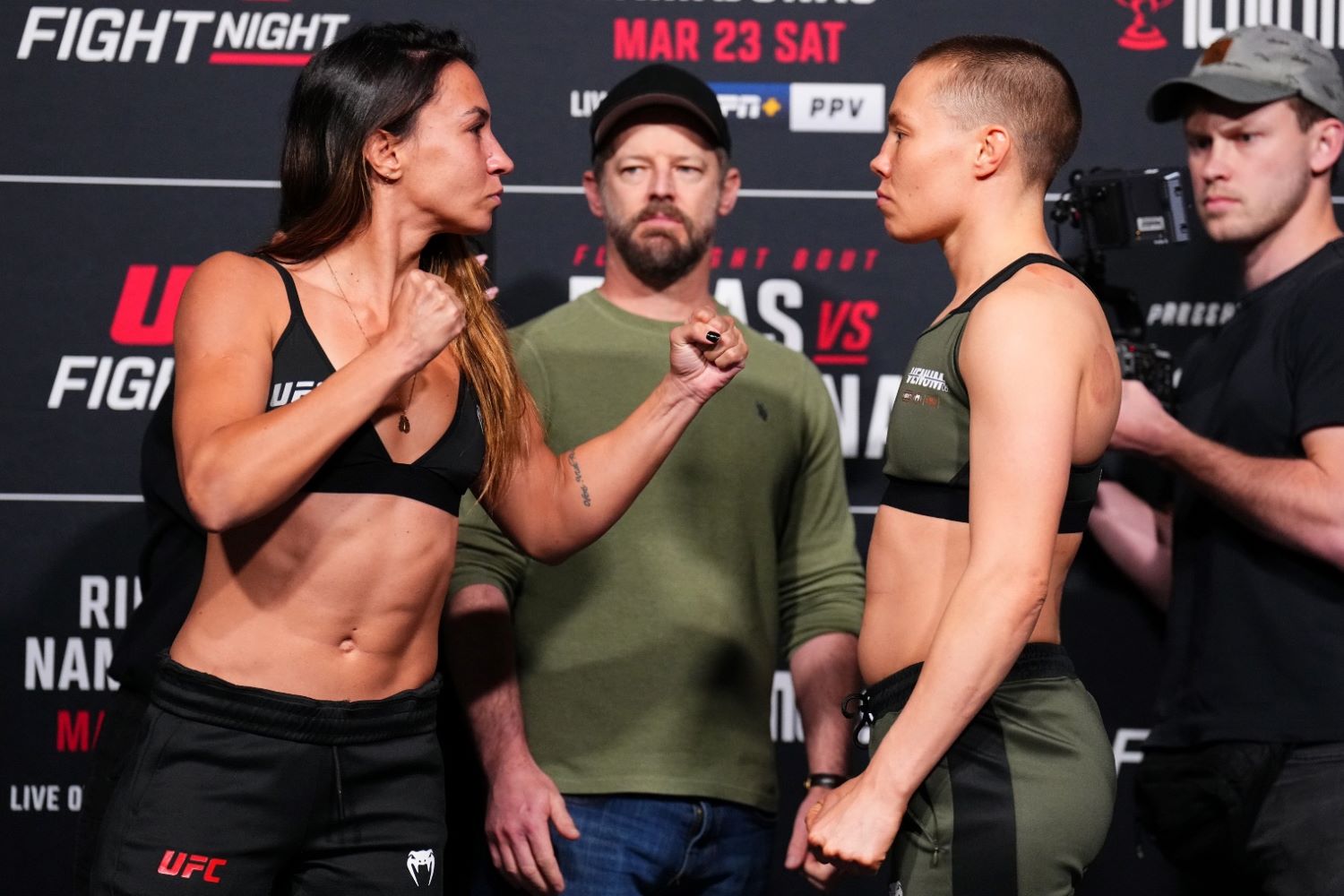
At its core, the UFC embodied the age-old hypothetical debates that captivate enthusiasts worldwide. What would unfold when fighters from disparate disciplines faced off? It was akin to the spirited discussions among friends, pondering the outcome of a wrestler versus a boxer. The UFC offered a platform for these theoretical matchups to materialize, captivating audiences with the raw intensity of unscripted combat.
The inaugural event drew over 85,000 viewers, surpassing expectations and laying the groundwork for future success. As subsequent editions unfolded, the UFC experienced a meteoric rise in popularity.
The Fall of the UFC – Unveiling the Unraveling Factors
By UFC 5, just a year and a half later, viewership had tripled, underscoring the burgeoning fascination with this unorthodox, anything-goes form of competition.
Nevertheless, numerous challenges arose swiftly, leading to a significant downturn in the company’s fortunes.
The Perilous Path of Early UFC and Safety Concerns
The early days of the UFC were fraught with peril, presenting a host of safety concerns that threatened the very existence of the sport.
Firstly, the lack of regulation raised alarming red flags. With no governing body overseeing the matches, fighters were thrust into the cage with minimal rules, resulting in a perilous environment where anything seemed permissible.
Incidents of fighters being kicked in the face while grounded and teeth being dislodged and sent flying across the arena underscored the grave dangers inherent in these unbridled contests.
Perhaps most alarming was the blatant disregard for weight classes, epitomized by a match at UFC 3 featuring opponents with a staggering 400-pound weight difference.
Such egregious mismatches not only defied all notions of fairness but also posed serious risks to the safety and well-being of the fighters involved. The American Medical Association voiced vehement opposition, calling for the outright banning of the sport due to these glaring safety concerns.
Adding fuel to the fire was the UFC’s own marketing strategy, which capitalized on the sport’s dangerous allure. Embracing its wild and lawless image, the UFC amplified perceptions of danger, further fueling public outcry and regulatory scrutiny.
What initially served as a means of establishing the UFC as a daring and boundary-pushing spectacle soon backfired, as the sport’s perilous reputation began to overshadow its entertainment value.
In this tumultuous landscape, the UFC found itself teetering on the brink of oblivion, besieged by safety concerns and mounting public condemnation. The very elements that had propelled it to prominence now threatened to engulf it in controversy and irrelevance.
Regulatory Backlash and Public Outcry: Bringing UFC Dangerously Close to Shutdown
In 1996, Senator John McCain, hailing from Arizona, emerged as a vocal opponent of the UFC. After witnessing footage of one of the events, McCain decried the sport as barbaric, dismissing it as not a legitimate sport and famously labeling it “human cockfighting.”
This incendiary phrase gained traction among those protesting the UFC, amplifying the public outcry against the organization.
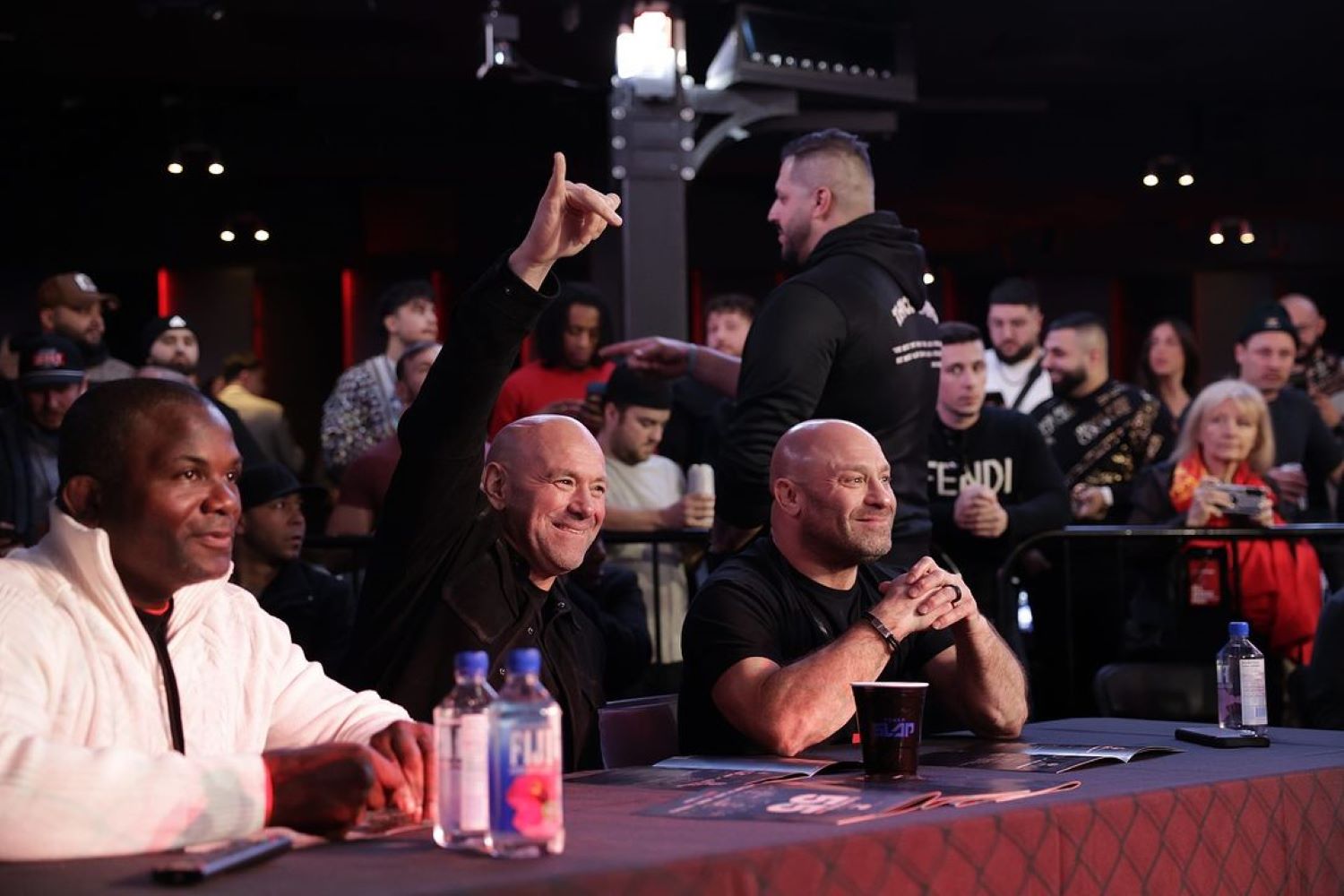
In addition, McCain wielded considerable influence over cable companies like Time Warner, persuading them to cease offering UFC pay-per-view events. This decision effectively restricted access to UFC fights for much of the country, significantly hampering the organization’s reach and revenue stream.
Moreover, McCain took proactive measures by sending letters to governors across the nation, urging them to ban UFC fighting in their respective states. This concerted effort led to bans being enacted in many states, further limiting the UFC’s ability to operate.
As a result of these adversities, UFC viewership plummeted to a mere fraction of its former levels, hovering around a dismal 5%. Public perception of the UFC soured, relegating it to the realm of gimmickry in the eyes of many. Despite these challenges, the UFC remained steadfast in its efforts to legitimize the sport.
Gradually, they introduced additional rules to the fights, such as mandatory gloves, time limits, and weight classes. This evolution was evident in the stark differences between UFC 1 and UFC 20, signaling the UFC’s commitment to refining and standardizing the sport of MMA.
Despite the strides made in enhancing safety and professionalism within the UFC, the public perception remained largely unchanged. Even as talented fighters emerged and the sport evolved, it continued to be derided as a joke by the majority.
A poignant example of this sentiment was evident in a 1998 appearance by Joe Rogan on Conan O’Brien’s talk show, where he discussed the UFC’s struggles to gain acceptance.
Down but Not Out: The UFC’s Resurgence
Despite facing daunting challenges and teetering on the brink of extinction, the UFC orchestrated a remarkable turnaround.
The Fertita Brothers and Dana White’s UFC Revolution
Under the stewardship of the Fertita brothers and Dana White, the UFC underwent a dramatic transformation.
In 2001, the Fertita brothers, with their background in the Las Vegas casino business, seized the opportunity to acquire the struggling UFC, recognizing its untapped potential in the world of sports entertainment.
With Dana White, a longtime associate and manager of UFC fighters, in their corner, the Fertita brothers orchestrated the acquisition, leveraging their personal and professional connections to seal the deal.
White, who had a close relationship with Lorenzo Fertita since childhood, played an important role in facilitating the transaction and was rewarded with a minority stake in the company, assuming the role of president.
Under their leadership, the UFC experienced a renaissance, guided by a shared vision of elevating the sport of mixed martial arts to unprecedented levels of mainstream acceptance and success. The trio’s combined expertise in business, marketing, and sports management proved instrumental in steering the UFC through tumultuous waters and laying the foundation for its meteoric rise.
White became the President of the UFC with a considerable 10% stake in the company. Stringent regulations, savvy promotional tactics, and innovative branding initiatives reshaped the UFC’s image, positioning it as a legitimate and formidable player in the competitive sports landscape.
Moreover, the Fertita brothers’ financial acumen and industry connections facilitated the UFC’s expansion into new markets and ventures. Strategic partnerships, lucrative broadcasting deals, and high-profile sponsorships bolstered the UFC’s financial stability and global reach, catapulting it into the stratosphere of sports entertainment.
With the audacious acquisition of the UFC for $2 million, it not only rescued the organization from the brink of extinction but also propelled it to unprecedented heights of success.
Regulatory Evolution: The Path to Wide Recognition
In the early 2000s, the UFC faced a pivotal moment as it grappled with the necessity of stringent regulations and the imperative to attract a wider audience.
Recognizing the imperative for greater oversight, significant strides were made in regulating MMA fights. In 2001, the New Jersey State Athletic Control Board adopted a unified set of rules for MMA, marking a crucial step towards standardization and legitimacy.
Subsequently, in 2009, these regulations were embraced by the Association of Boxing Commissions, further solidifying the framework for sanctioned UFC fights.
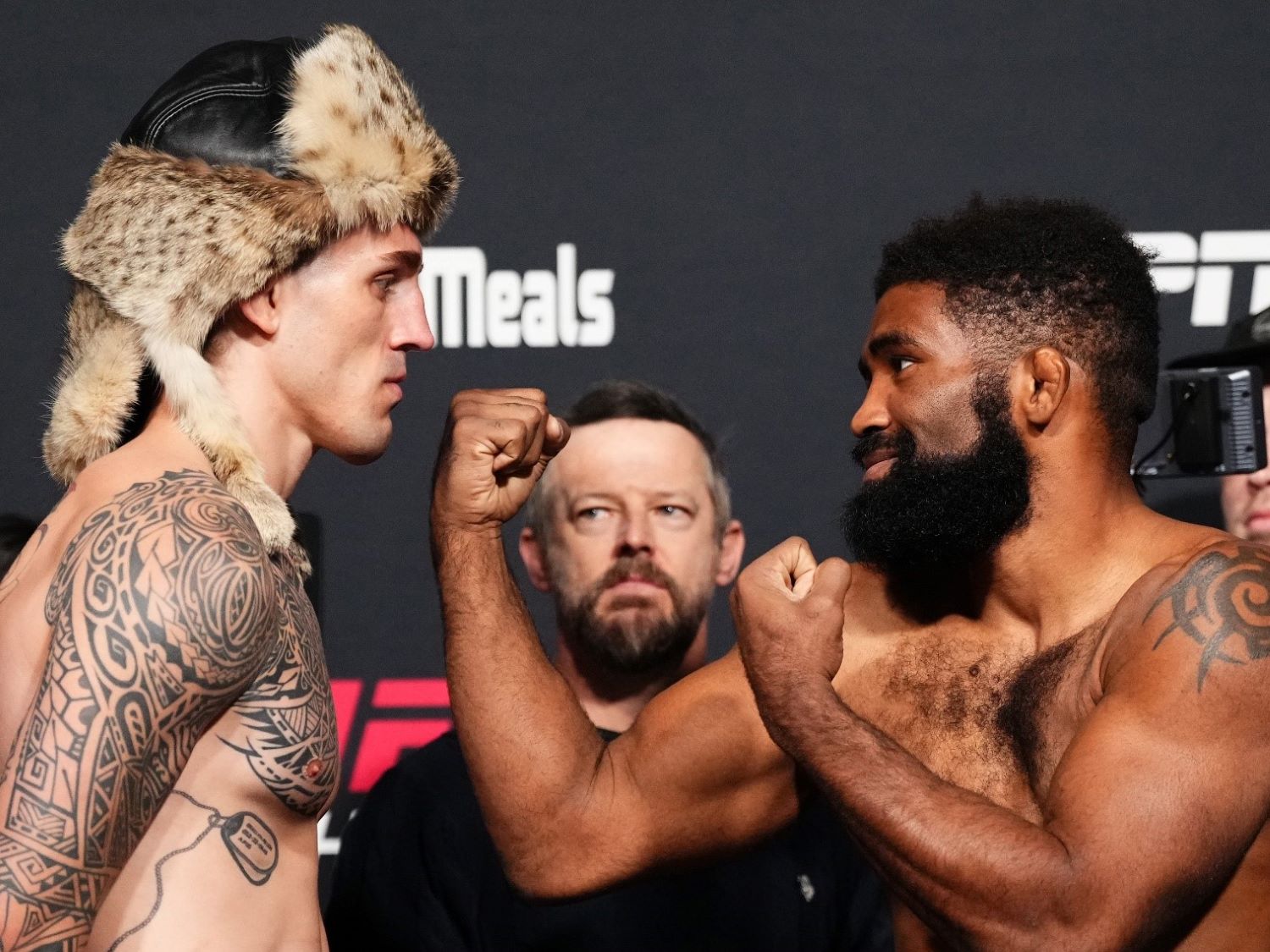
The impact of these regulatory changes was profound, as UFC events were now legally sanctioned and subjected to the same stringent standards as other mainstream sports. The culmination of these efforts was the lifting of the ban on UFC events in New York in 2016, symbolizing a monumental victory in the quest for legitimacy.
This transformation did not go unnoticed by one of the UFC’s staunchest critics, Senator John McCain. Once a vocal opponent of the sport, McCain’s stance softened as he witnessed the positive changes implemented by the UFC.
In a surprising turn of events, Dana White, the UFC’s president, expressed gratitude towards McCain, acknowledging his role in shaping the organization’s trajectory.
White famously remarked, “I consider John McCain the guy who started UFC. If it wasn’t for McCain, I wouldn’t be here right now.”
Despite these significant strides in regulation and acceptance, the UFC still faced an uphill battle in attracting a broader audience. By 2004, the financial outlook remained bleak, with the organization’s sales figures failing to align with its substantial investments.
The Fertita brothers, who had poured nearly $40 million into the UFC, found themselves grappling with mounting debts as annual sales stagnated at around $14 million.
The Ultimate Fighter: Igniting the UFC’s Mainstream Explosion
The inception of “The Ultimate Fighter” TV show catapulted the organization into the mainstream spotlight. Despite initial skepticism and rejection from multiple networks, the UFC found a home on Spike TV, a new network marketed as the first for men.
However, Spike TV’s interest in the show seemed lukewarm at best, as they were more focused on promoting a new sport called slam ball.
Undeterred by the lack of enthusiasm, the UFC took a gamble and agreed to produce “The Ultimate Fighter” themselves, investing in the show’s production costs. This decision proved to be fortuitous, as the show quickly gained traction, thanks in part to its prime time slot following Monday Night Raw.
“The Ultimate Fighter” showcased compelling coaches like Chuck Liddell and Randy Couture, as well as a diverse cast of contestants whose stories resonated with viewers. The inaugural season culminated in a live finale, which drew significant viewership and set the stage for the show’s explosive success.
The finale, held in an alley behind the venue, marked a turning point for the UFC, exposing millions of viewers to the sport of MMA in a way that had never been done before.
Following the success of “The Ultimate Fighter,” the UFC experienced unprecedented growth, with revenue skyrocketing twelvefold within just two years.
Strategic Acquisitions and Star Power: Fueling UFC’s Ascendance
The UFC strategically acquired some of its most significant competitors. Notably, acquisitions such as the World Fighting Alliance in 2006, Pride Fighting Championships in the following year (albeit controversial), and Strikeforce in 2011 bolstered the UFC’s position in the mixed martial arts (MMA) landscape.
These acquisitions not only reduced competition but also provided access to top-tier talent, enriching the UFC’s roster and adding to the backlog of memorable fights.
However, these acquisitions haven’t been without controversy. Critics have raised concerns about the UFC’s growing monopoly over MMA, leading to antitrust lawsuits alleging that the organization’s dominance allows them to underpay fighters due to the lack of competing offers from other organizations.
Despite these challenges, the UFC’s acquisitions have undeniably strengthened its position as the premier destination for MMA fighters and fans alike.
One of the key drivers behind the UFC’s resurgence has been the fighters themselves. Over the years, numerous talented fighters have emerged within the UFC ranks, capturing mainstream attention and drawing audiences to their fights.
Among them, Conor McGregor stands out as a transformative figure, headlining some of the best-selling UFC events, including UFC 229, which garnered a staggering 2.4 million pay-per-view buys.
Similarly, when Ronda Rousey signed with the UFC in 2013, she became the organization’s first female fighter and briefly ascended to global stardom.
Unlike the 1990s, when the UFC struggled to gain legitimacy, today it boasts a reputation for housing some of the world’s best fighters, many of whom possess captivating personalities that resonate with fans.
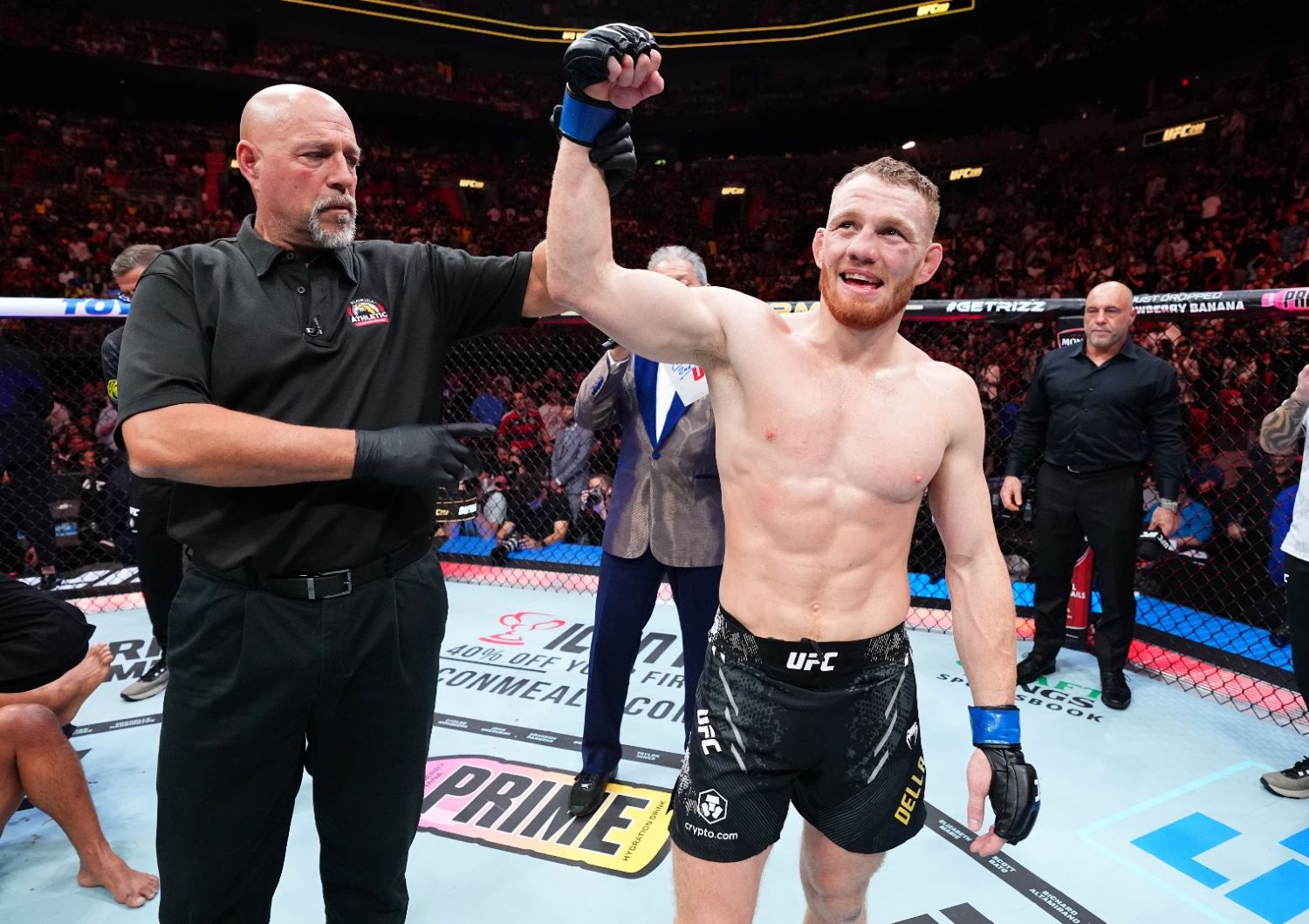
In 2011, the UFC secured a landmark 7-year deal with Fox Sports to broadcast fights on their network, including airing The Ultimate Fighter show on FX. This provided the UFC with a mainstream platform to showcase its events to a wider audience.
A Game-Changing Sale: UFC’s Monumental $4 Billion Acquisition
In a groundbreaking announcement in 2016, talent agency WME-IMG unveiled its partnership with Silver Lake Partners, Kohlberg Kravis Roberts, and MSD Capital, led by Michael Dell, to acquire the mixed martial arts juggernaut UFC for a staggering $4 billion.
This historic deal, the most expensive transaction in sports history, signifies a monumental shift in the landscape of combat sports.
The co-CEOs of WME-IMG, Ari Emanuel, and Patrick Whitesell, expressed enthusiasm for the future of UFC and its athletes, “We’re confident that the new ownership team of WME-IMG, with whom we’ve built a strong relationship over the last several years, is committed to accelerating UFC’s global growth,” Fertitta said in a statement. “Most importantly, our new owners share the same vision and passion for this organization and its athletes.”
Despite initial denials from UFC president Dana White about the organization being up for sale, the completion of the deal marks a bittersweet moment for him. However, he assured fans that the sport is poised for unprecedented growth and development under the new ownership, assuaging concerns about the transition.
The sale is particularly remarkable considering that Lorenzo and Frank Fertitta acquired UFC in 2000 for a mere $2 million. This exponential increase in value, approximately seven times its gross revenue, underscores the phenomenal evolution and popularity of UFC over the years.
As part of the acquisition, Lorenzo Fertitta will step down, while retaining a minority interest, signaling a new chapter for UFC. Dana White, whose significant stake in UFC positions him as a key figure in the transition, will continue to play a pivotal role in shaping the future of the organization.
The dynamic nature of UFC was evident at UFC 200, showcasing the sport’s volatility and allure. With stars like Conor McGregor, Ronda Rousey, and Brock Lesnar captivating audiences worldwide, UFC’s global appeal is stronger than ever, promising a lucrative future for the organization.

